First published in Issue 127 of Singletrack Magazine, this Stanton Switch9er was reviewed as part of our British Steel test of steel hardtails built in the UK.
Stanton Switch9er
- Price: £699.00 (frame only)
- From: Stanton, stantonbikes.com
Dan Stanton launched his namesake company back in 2012, with the aim of making hardtails fun again. Taking design cues from 4X and dirt jump frames, the original Stanton Slackline was well received, particularly by downhillers who wanted a simple, tough bike that could crank out some miles. Wheel sizes grew, and Stanton in 2015 followed the Slackline up with the Switchback, which boasted the sort of progressive geometry that was only just starting to catch on back then. I still remember seeing my mate piloting his through the big set of doubles at our local downhill trails, and feeling decidedly impressed that he was bossing them on what looked, to the untrained eye anyway, like a skinny steel cross-country bike.
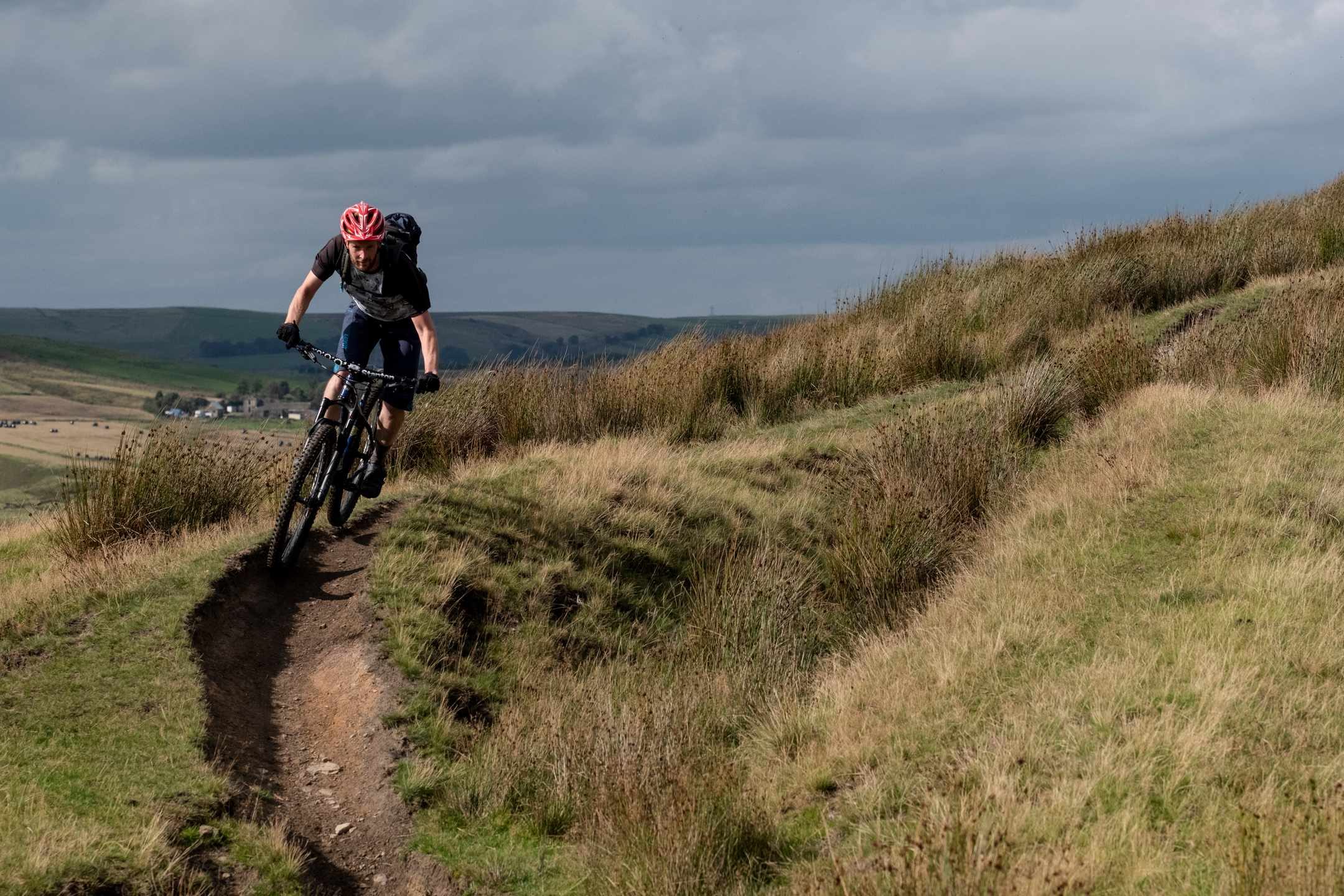
At this point, Stanton was still following the tried and tested UK bike company model of designing the frames in the UK and getting them made in the Far East. Then the EU referendum happened, the value of the pound nosedived, and Dan saw his business model starting to unravel. So he brought in a business advisor, and began developing the capacity to manufacture frames in the UK. Fast forward a couple of years, and Stanton is now able to offer a full range of hardtails, and its first full suspension model, all fabricated and painted in Derbyshire. What’s more, UK and Taiwan-made frames are currently the same price, making the base model of Switch9er the most affordable frame in the test by quite some margin.
While Stanton has had a more cross-country oriented 29er in the line-up for some time, in the form of the Sherpa, the Switch9er brings the aggro-ready geometry of the Slackline to 29in wheels. With the ability to accept forks up to 160mm, the Switch9er is, like the other bikes in the test, aimed at riders for whom the phrase ‘I don’t fancy that much’ is seldom, if ever, uttered.
Built up with a 140mm RockShox Pike, the head angle sits at 65.5°, and our 16in test frame felt roomy even for me at 5ft 10in. Part of this could have been down to the imposing 820mm bars, but it also has a generous reach, albeit without going to the extremes of the No 9. The rear triangle has clearance for a 2.6in tyre, with a good couple of centimetres mud room at the front, thanks to a subtly kinked seat tube and a burly chainstay yoke. The reinforced theme continues at the front of the bike, which has double gussets on the top and down tube, for added insurance when running longer forks. These strengthening details, plus the thicker-walled 631 tubeset, mean the Switch9er isn’t particularly lightweight, but it’s no pig-iron donkey.
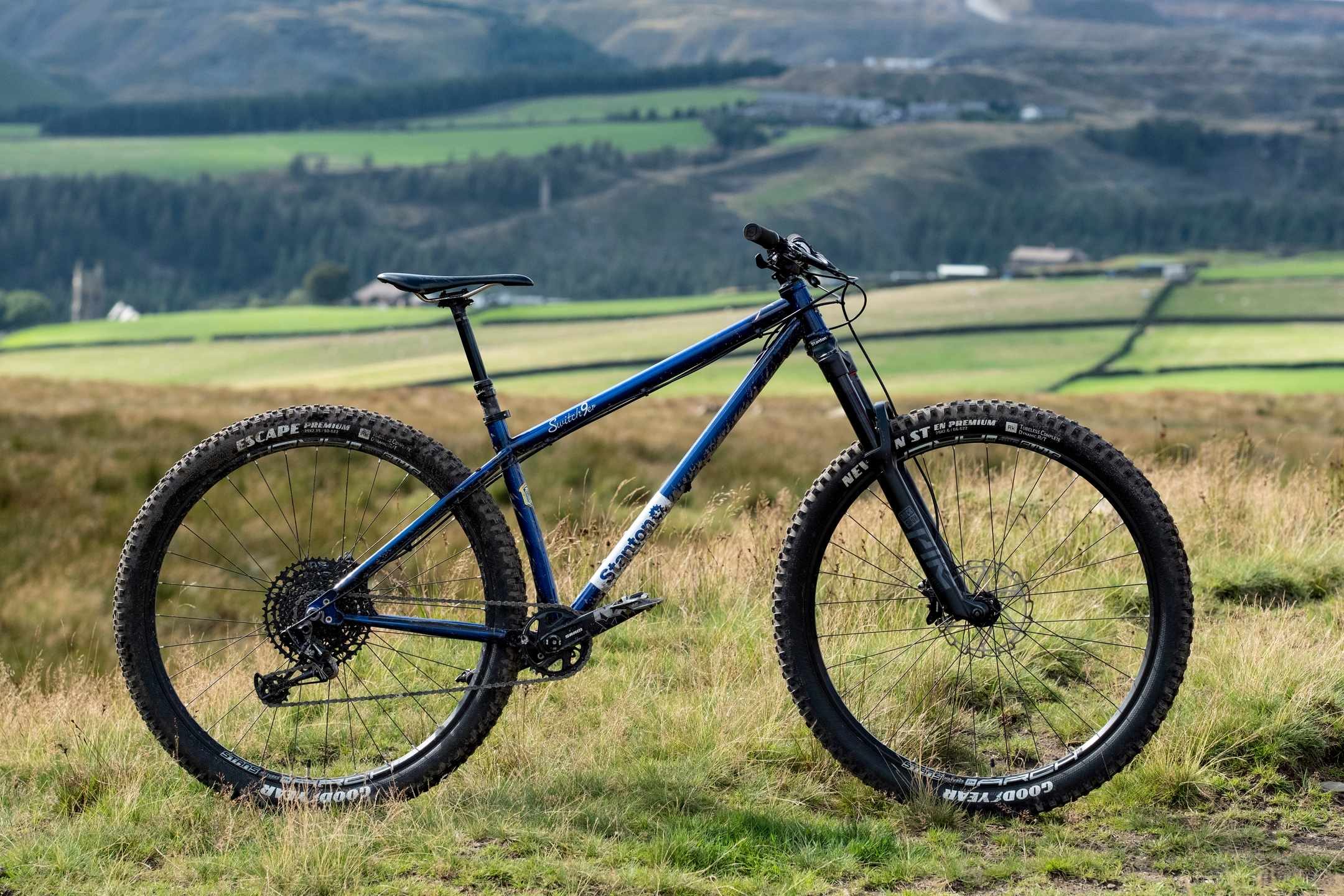
The finish of the Switch9er is outstanding, with extremely tidy welds, and a lustrous candy blue paint job that makes the bike look good enough to unwrap and eat. Stanton is so happy with the quality of their frame building that it now offers all its bikes in raw finish too. Cables are neatly tucked away under the top tube (or hidden in the down tube, in the case of the dropper post). There’s an ISCG mount for the hooners. As a final neat detail, the dropouts are modular, letting you run a non-Boost wheelset, a singlespeed set-up, or even a 135mm quick release. When you’re spending this amount of money on a frame, this sort of future (or even past) proofing is very welcome.
With the Switch9er coming in at such a reasonable price point for a UK-built frame, there has to be a catch somewhere, and sadly it’s available in just two sizes, with the 16in equating to most manufacturer’s medium bikes and the 18in roughly a large. Riders under 5ft 6in or over 6ft 4in are, therefore, out of luck, unless you cough up an extra £350 to go fully custom with the geometry. There’s more choice on the colours front though, with 16 different stock options (some, like the metallic finish on our test bike, are available for a surcharge).
Stanton offers various build kits for the Switch9er, with a choice of RockShox, Fox or Öhlins suspension. Our test bike didn’t quite match any of these options. Aside from the Pike fork, the build kit featured an SRAM Eagle NX drivetrain, SRAM Guide RE brakes, Stan’s Arch wheelset and Stanton own-brand finishing kit. The bike was rounded off with a set of Goodyear tyres – a 2.6in Newton on the front and a 2.3in Escape in the rear – both of which seemed to measure up at exactly 2.5in. I don’t know what measuring tools tyre manufacturers use, but perhaps we need an equivalent of the International System of Units’ platinum-iridium bar to sort this out once and for all.
The Ride
The rest of this review is only available to members.
Stanton Switch9er Specification
- Frame // Reynolds 631 steel, 120-160mm travel, 12×148
- Fork // RockShox Pike Select, 140mm travel
- Hubs // Stans Arch S2
- Rims // Stans Arch S2
- Tyres // Goodyear Newton, 29×2.6, Escape 29×2.3
- Chainset // SRAM NX Eagle 170mm, 32T
- Rear Mech // SRAM NX Eagle, 12-Speed
- Shifters // SRAM NX Eagle, 12-Speed
- Cassette // SRAM Eagle, 12-Speed, 10-50T
- Brakes // SRAM Guide RE
- Stem // Stanton Super Series, 35mm, 35.0
- Bars // Stanton Super Series, 820mm, 20mm rise
- Grips // Stanton Super Series
- Seatpost // RockShox Reverb Stealth 1x, 30.9 x 150mm
- Saddle // Stanton
- Size Tested // 16in
- Sizes available //16in, 18in
- Weight // 30.4lbs / 13.8kg (as tested)
Comments (3)
Leave Reply
Post Comment
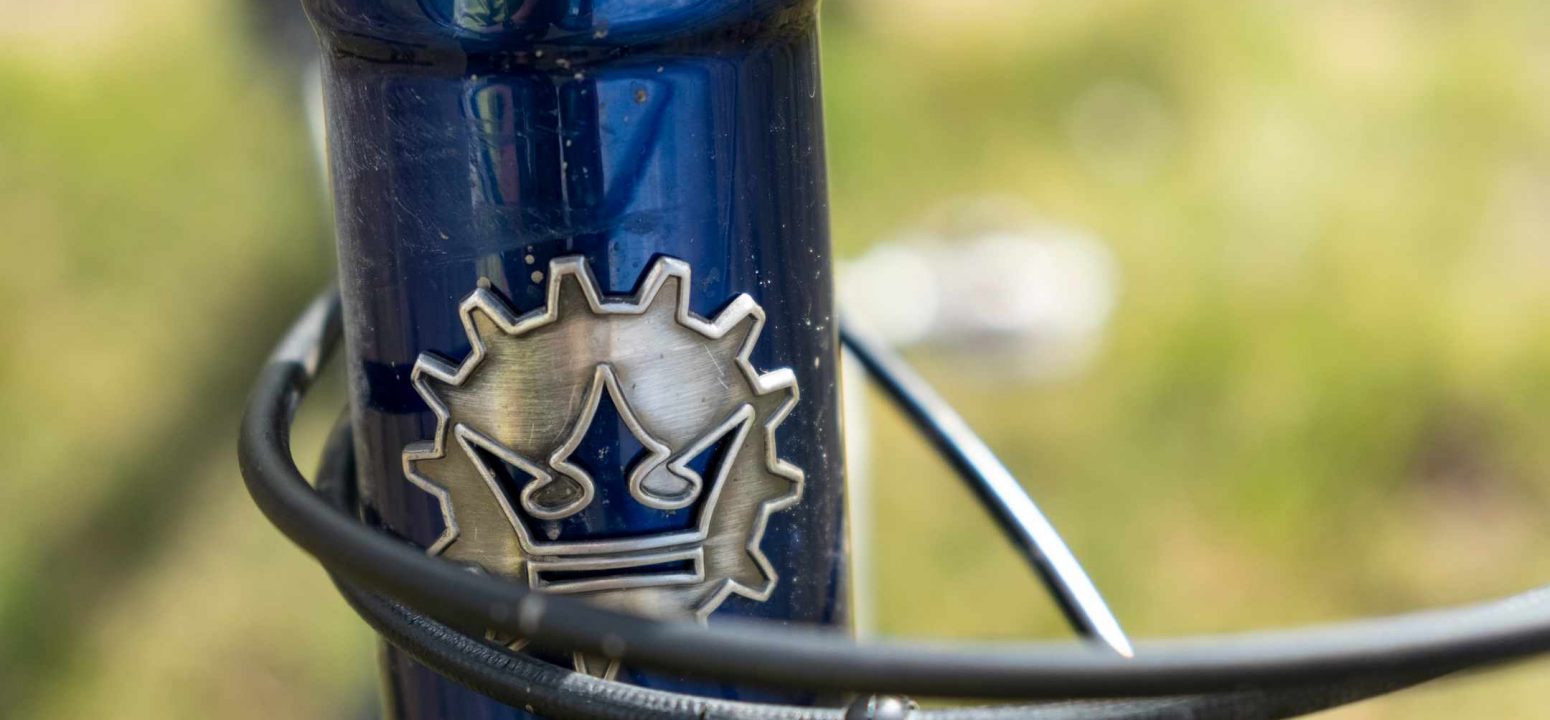

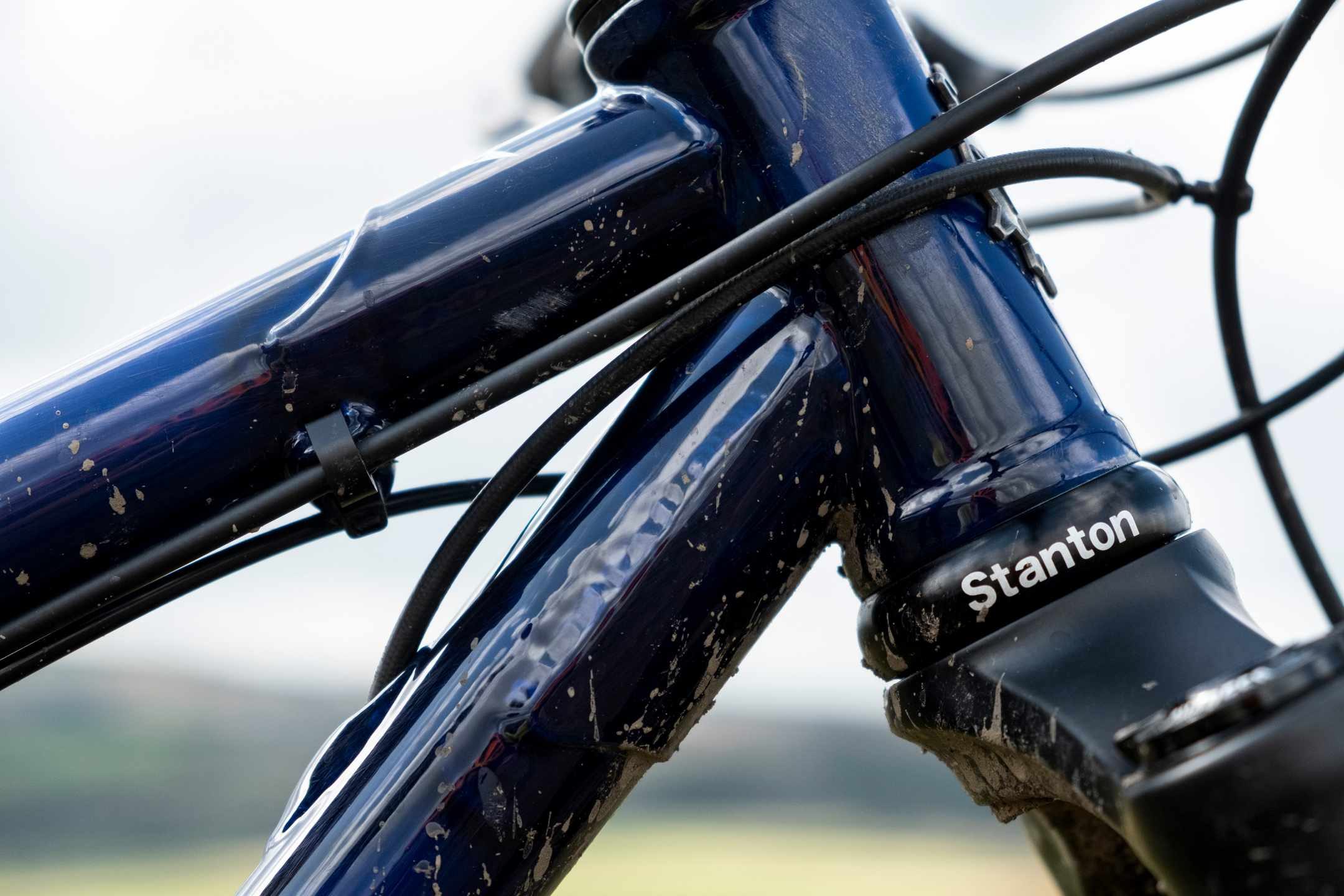
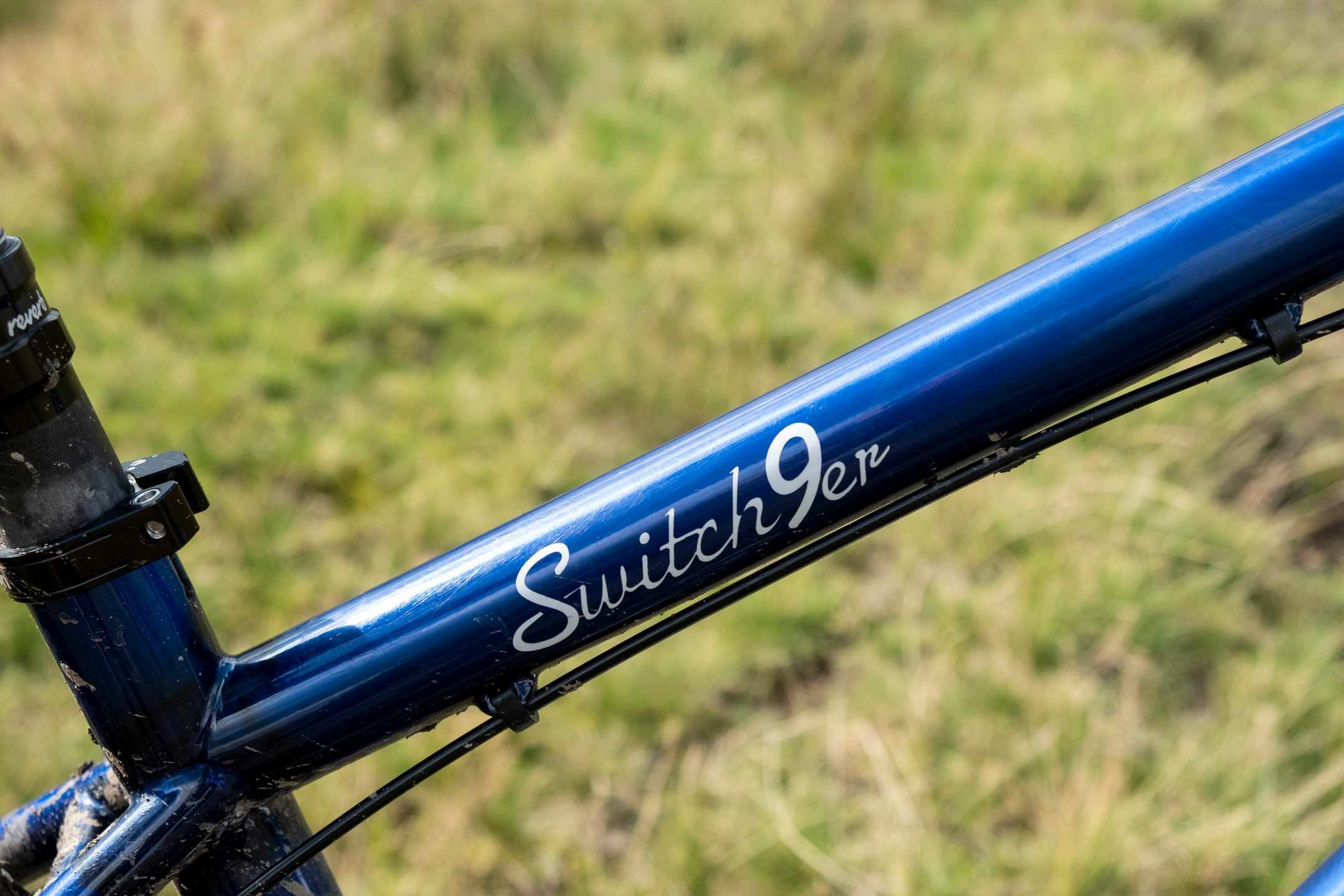
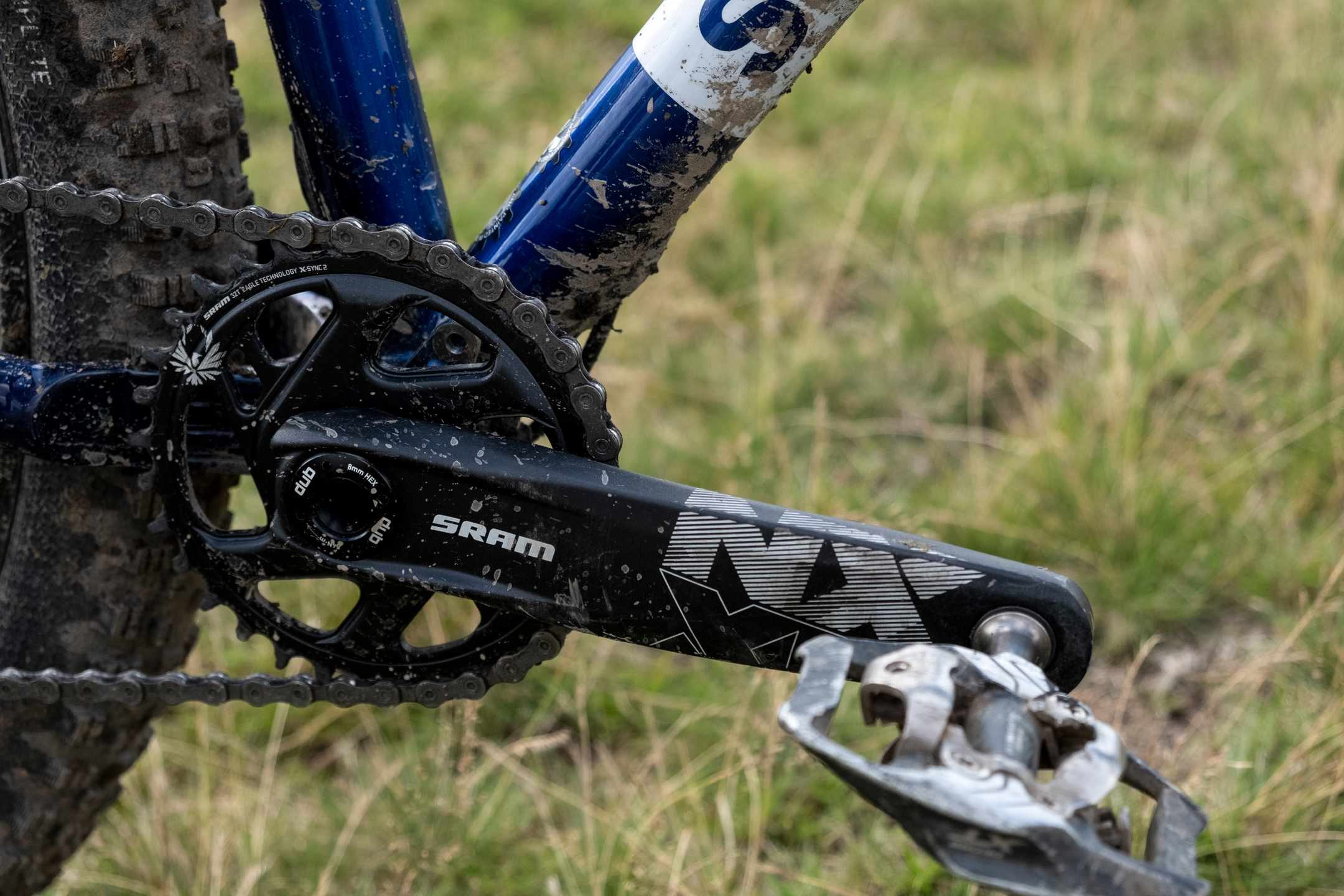
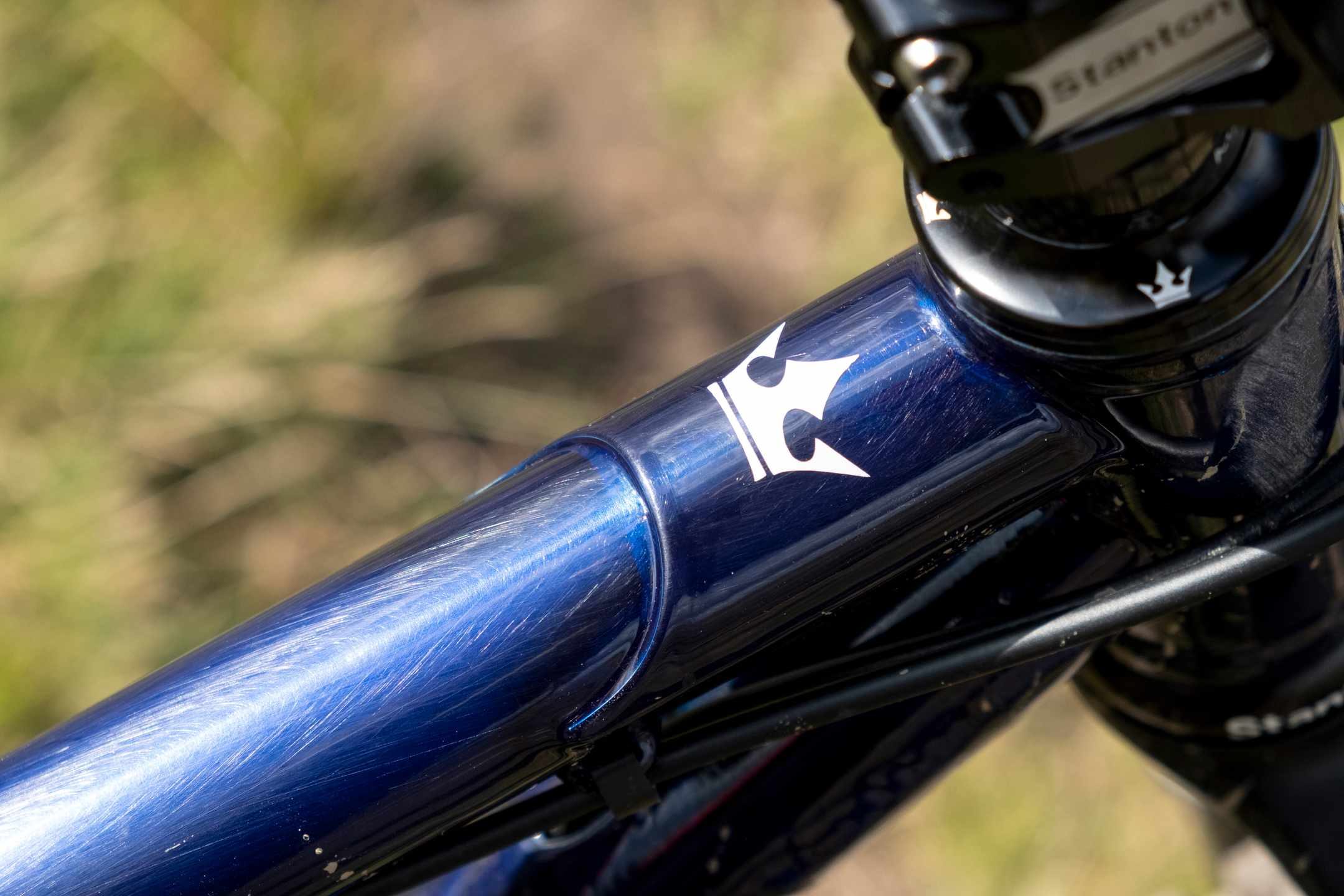
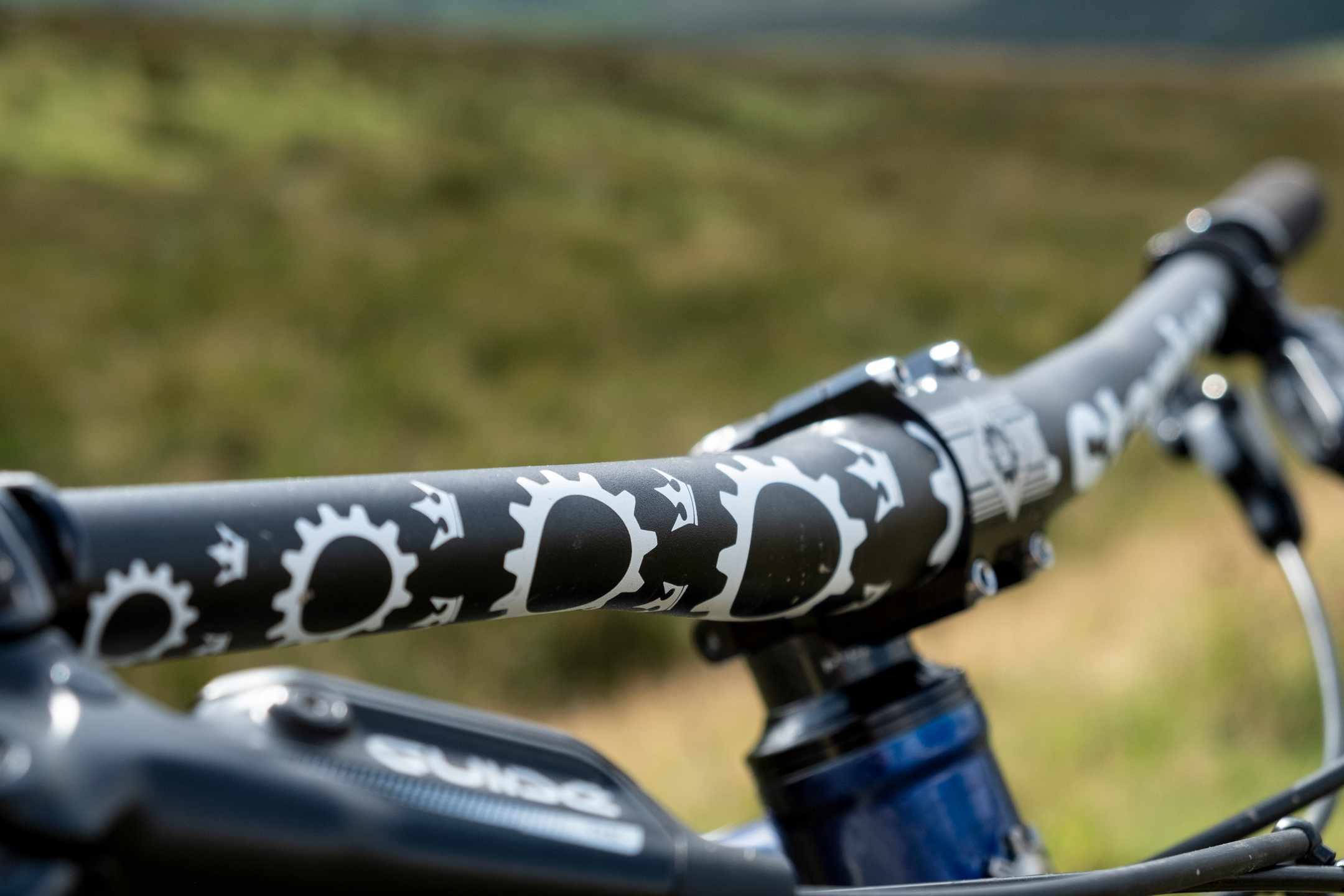
where is Wil Barrett? his review</A of the solarisMAX one of the best on STW.
@fivealive He’s back in Australia, working for FlowMTB.
I had one on order but after taking nearly 4 months I decided to pull the plug and ask for a refund. If I had waited they said they are due to be ready in 8 weeks from now so 6 months for a frame is too long to wait if you ask me. The lack of communication and customer service was really poor too which is a shame as they look very good bikes .